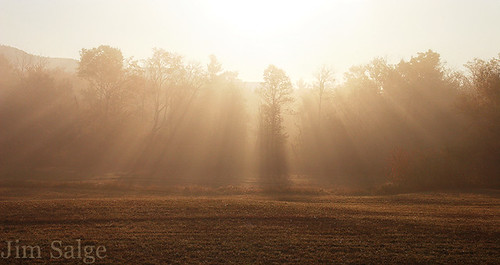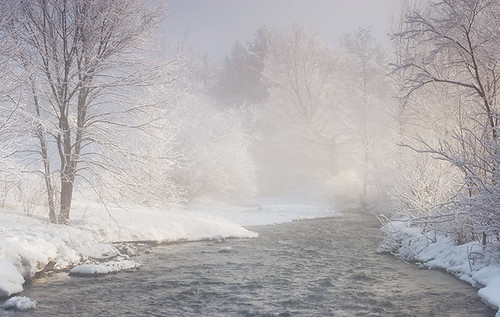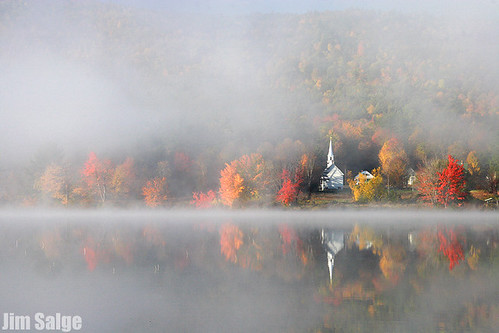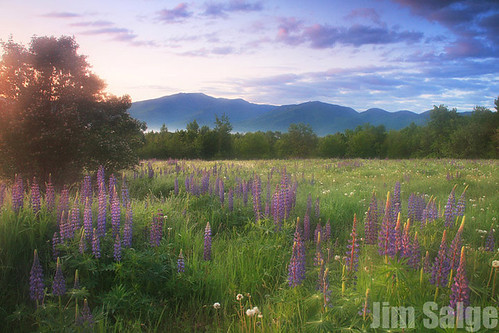Predicting Mist / Fog … And Dealing With It!

Rays Through The Mist
Lets start with prediction. Fog forms near the surface when the air cools to its dew point. There is always a certain quantity of water vapor in the air, and warmer air can hold significantly more water than cool air. So when air cools, there reaches a point where it can no longer hold the amount of water vapor suspended in it, and condensation occurs.
Two factors must be in place for the type of intense surface cooling necessary to reach the dew point…clear skies and light winds. Under clear skies, the heat of the day is allowed to radiate out into space, whereas clouds act like a blanket trapping heat. And light winds limit the mixing of the air with warmer air just aloft, and therefore keeping it warmer. If a clear, cool, calm night is predicted, morning mist is likely.

Clear, Cool and Calm = Morning Mist
An additional rule is necessary when considering mist over water. The water body must be warmer than the air above it. This can limit opportunities for atmospheric shots over water bodies in the middle of summer, but can occur at any time of the year.

Cool Air and Warm Water = Mist
Now…you go out and hit the jackpot…but how do you shoot it. Hi humidity conditions can lead to condensation and moisture problems on the front elements of the camera. This will especially be true if your camera is nearly the same temperature as the outdoor air.
There are some great ways to help minimize this though. First off, a dry bag is essential. Keeping the camera in the dry bag is the best way to limit the amount of total water that the camera can come in contact with. But of course, it the camera is in the bag, you aren’t shooting with it. The front element of the lens is very prone to fogging in these conditions. My way of dealing with this…a solid rotation of cokin filters, rapidly changed when fogging occurs. I store these in a microfiber case so that they dry in between use, and they are usually ready again minutes later.
Other tips…when shooting in the fog, it is important to pick your focus point, but a high depth of field is usually not as important. The fog limits sharpness anyway. Also, the fog is usually a grey color, but you want to make sure you over expose the scene in the fog, just as you would with snow. You can bring the contrast back up later if you over do it…but it’s tough to overdo.
Lastly…sometimes a bit of mist on the lens can lead to neat effects…well worth the experimentation!

Shooting Through A Lens With Condinsation
So there you have it…predicting and shooting in mist…and how to enjoy the next clear and cool morning this spring!



Love the mist! Let’s talk about printing giant canvases of these!
[...] cleared, the sun lit from the horizon, and the winds died. After dark, radiational cooling (see last post) caused mist to fill the air. Dream images! Cherry Mountain Lupines Departing Storm Clouds [...]